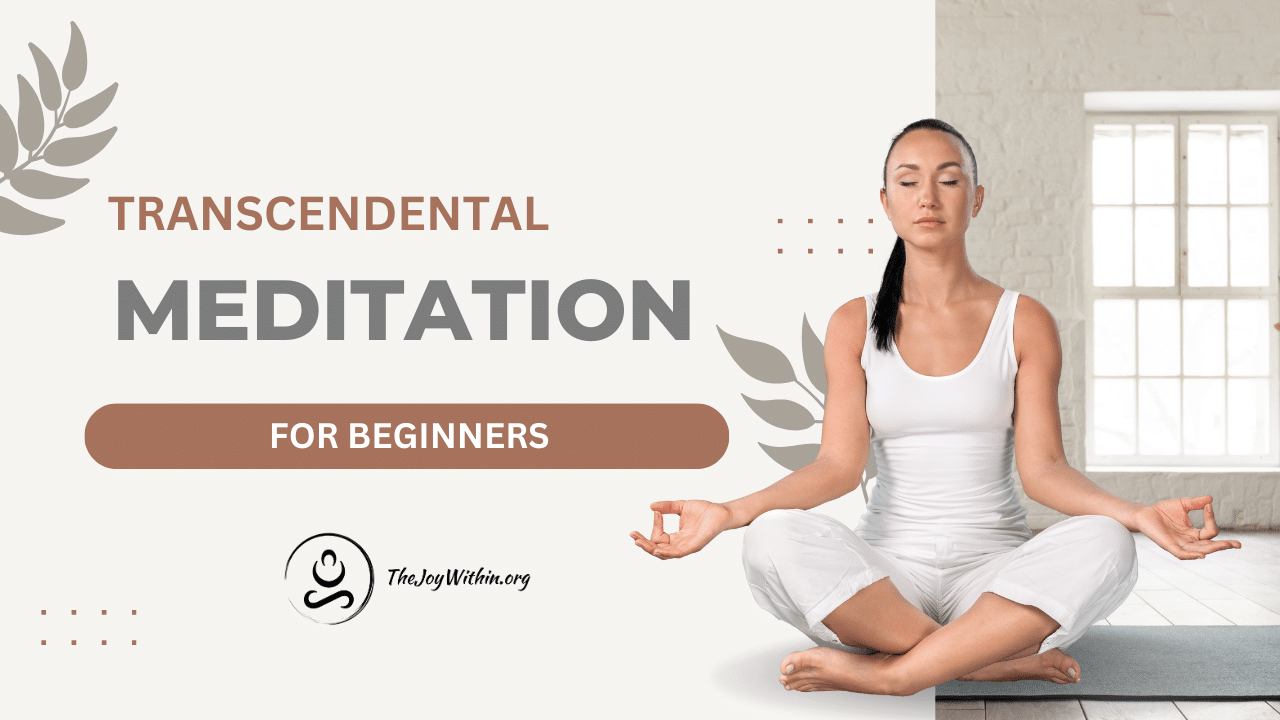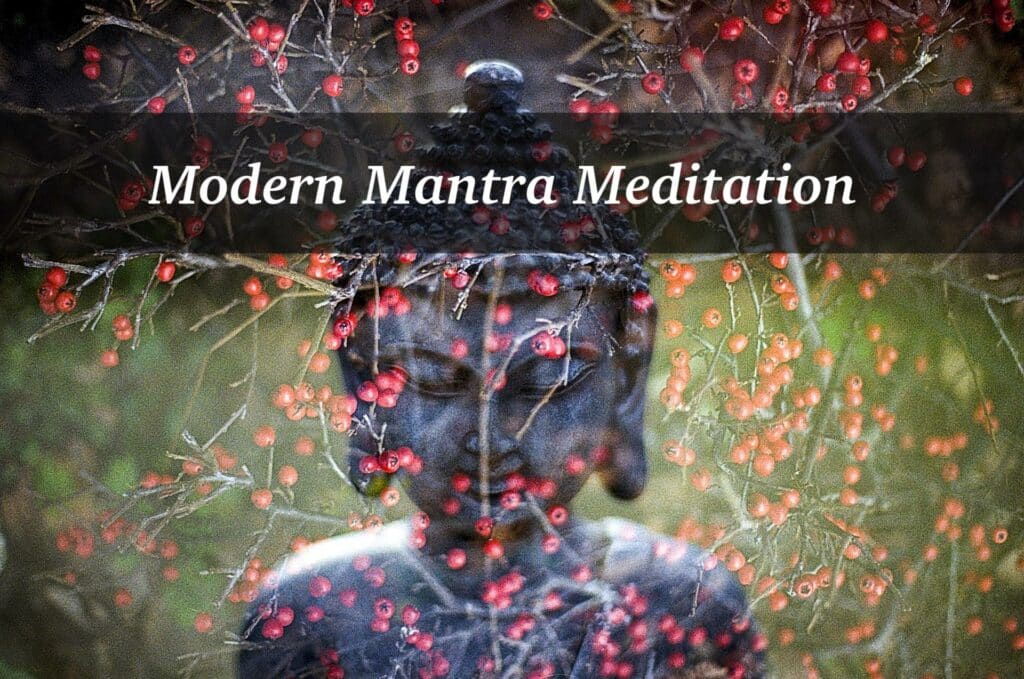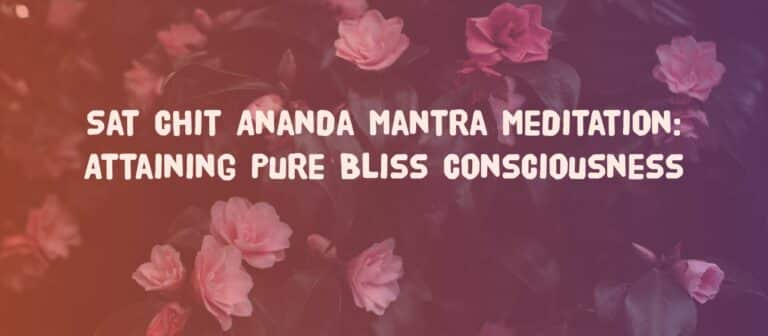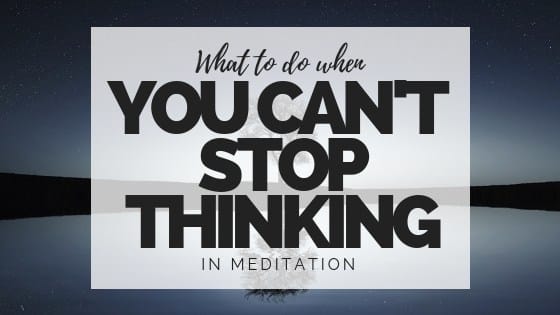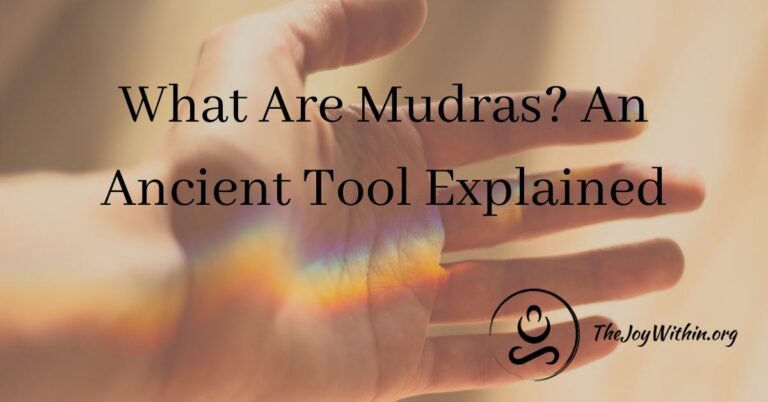What Is Transcendental Meditation?
Transcendental Meditation (often shortened as TM). is a popular meditation practice that uses a specific form of mantra meditation in order to help the practitioner achieve heightened states of awareness and self-realization.
At its core, TM is a simple, mantra-based meditation technique designed to promote deep relaxation and access a unique state of restful alertness. The practice is non-religious and accessible to people of all backgrounds, emphasizing its universal appeal.
Click here to learn more about mantra meditation.
History and Origins of the Practice
Transcendental Meditation (TM) emerged in the 1950s, introduced to the world by Maharishi Mahesh Yogi. Born in India, the Maharishi dedicated his life to spreading the ancient practice of meditation in a modern context. TM gained widespread popularity in the 1960s when it attracted the attention of celebrities like The Beatles, who famously studied under the Maharishi in India.
In the decades that followed its introduction, Transcendental Meditation garnered scientific attention for its potential health benefits, including stress reduction, improved focus, and enhanced overall well-being. Organizations such as the David Lynch Foundation have worked to bring TM to diverse populations, including students and veterans, highlighting its potential as a tool for personal development and stress management.
Today, TM continues to thrive as a mainstream meditation practice, with millions of practitioners worldwide. Its journey from ancient Vedic traditions to a globally embraced technique reflects a timeless quest for inner peace in the midst of our fast-paced modern lives.
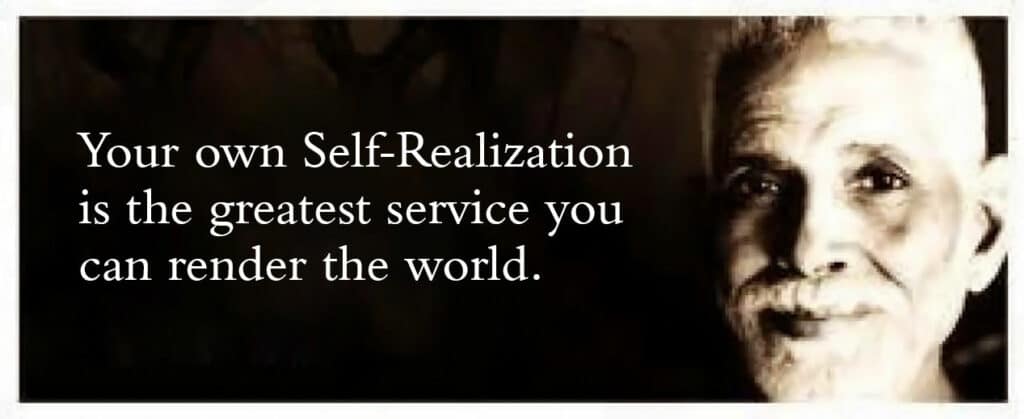
The Difference Between Mindfulness Meditation and Transcendental Meditation
While both Transcendental Meditation shares a number of similarities with traditional, mindfulness meditation practices, there are a number of key differences to note.
- Origin and Philosophy:
- TM: TM has its roots in ancient Vedic traditions, specifically focusing on the use of a specific mantra assigned to each practitioner by a trained TM teacher. The goal of TM is to transcend ordinary thought and experience a state of pure awareness or transcendence.
- Mindfulness Meditation: Mindfulness meditation is derived from Buddhist practices but has been secularized and adapted for a broader audience. It emphasizes being fully present in the moment, observing thoughts, emotions, and sensations without judgment.
- Technique:
- TM: TM involves silently repeating a specific mantra provided during TM instruction. Practitioners sit with their eyes closed for 15-20 minutes, allowing the mantra to guide their meditation.
- Mindfulness Meditation: In mindfulness meditation, practitioners typically focus on their breath, bodily sensations, or a specific point of attention. The goal is to observe thoughts and sensations as they arise without attachment, continually returning the focus to the chosen anchor.
- Goal:
- TM: TM aims to transcend ordinary thinking and reach a state of deep inner silence and restful awareness. It often focuses on stress reduction, increased creativity, and improved overall well-being.
- Mindfulness Meditation: The primary goal of mindfulness meditation is to develop awareness, mindfulness, and acceptance of the present moment. It is often used to reduce stress, enhance emotional regulation, and improve concentration.
- Mantra vs. Open Awareness:
- TM: TM uses a mantra as a focal point to transcend thought. It’s a more structured and guided form of meditation.
- Mindfulness Meditation: Mindfulness meditation is more open-ended and versatile, allowing practitioners to focus on a variety of objects or experiences.
- Teacher vs. Self-Guided:
- TM: TM typically requires instruction from a trained teacher who assigns a specific mantra based on the individual’s needs.
- Mindfulness Meditation: While guided mindfulness meditation sessions are available, many people learn and practice it independently.
Ultimately, the choice between TM and mindfulness meditation depends on personal preference and goals. TM may appeal to those seeking a structured technique with the goal of transcending thought, while mindfulness meditation offers a more flexible approach focused on cultivating present-moment awareness. Both can provide valuable benefits for mental and emotional well-being.
How Do You Do Transcendental Meditation?
The core practice of TM revolves around selecting and repeating a simple mantra, which acts as a point of focus that allows the mind to enter into a deeper state of relaxation and awareness.
Here’s how to get started with Transcendental Meditation:
- Find a Certified TM Teacher:
- TM is traditionally taught one-on-one by certified teachers. It’s important to find a qualified instructor who can provide you with personalized guidance and a suitable mantra.
- Attend an Introductory Session:
- Contact a certified TM teacher or TM center to attend an introductory session. In this session, you’ll learn more about the technique and its benefits.
- Personal Instruction:
- After the introductory session, you’ll typically have four to five personal instruction sessions with your TM teacher. During these sessions, you’ll be given your unique mantra, which is chosen based on your age and gender.
- Prepare for Meditation:
- Find a quiet and comfortable place to sit with your eyes closed. It’s best to meditate in a location where you won’t be disturbed.
- Use the Mantra:
- Start by silently repeating your mantra in your mind. Allow it to be repeated naturally and effortlessly. The mantra is meant to serve as a point of focus and help transcend ordinary thought.
- Let Go of Thoughts:
- As thoughts, distractions, or sensations arise, gently return your attention to the repetition of the mantra. Don’t force the mantra; let it come and go naturally.
- Continue for 15-20 Minutes:
- Meditate for about 15-20 minutes. Set a timer if needed. During this time, continue repeating the mantra without effort.
- Ending the Meditation:
- After 15-20 minutes, stop repeating the mantra and sit quietly for a moment with your eyes closed. Then, gradually open your eyes and take a few moments to reorient yourself to the present.
- Practice Twice Daily:
- Ideally, practice TM twice a day, once in the morning and once in the evening, to experience its full benefits.
The Best Mantras for Transcendental Meditation
Common TM Mantras
The mantras used in Transcendental Meditation (TM) are chosen by certified TM teachers based on specific guidelines, including the age and gender of the practitioner. These mantras are typically kept private, as TM focuses the individual towards his or her own individual practice. Each individual receives a unique, personalized mantra during their TM instruction.
The use of personalized mantras in TM is a fundamental aspect of the practice. The intention is to provide practitioners with a mantra that resonates with them on a subtle level and facilitates their ability to transcend ordinary thought during meditation. This personalized approach is believed to enhance the effectiveness of TM.
As a result, there is no fixed list of “common” TM mantras that can be shared or used by individuals without proper instruction from a certified TM teacher. Attempting to select or use a mantra without proper guidance may not yield the same benefits and experiences associated with the TM technique.

How To Choose a Mantra That Works For You
If you do not wish to seek out a dedicated TM teacher, there are still many different mantras you can choose from that will help you to deepen your meditation practice.
AUM – OM Mantra
The OM mantra, often written as “Aum,” holds profound significance in Hinduism and other spiritual traditions. It is considered the primordial sound, representing the universe’s creation and the unity of all existence.
Chanting “Om” is believed to harmonize the mind, body, and spirit, promoting inner peace and spiritual awakening. Each syllable, “A,” “U,” and “M,” symbolizes various states of consciousness—the waking state, dream state, and deep sleep—while the silence that follows signifies transcendence. The Om mantra serves as a powerful tool for meditation and spiritual exploration, resonating with countless seekers on their inner journeys.
You can find a guided OM Meditation in our Modern Mantra Meditation Course.
SO HUM Mantra
The SO HUM mantra, derived from the Sanskrit words “Sah” (He) and “Aham” (I), means “I am That” or “I am That I am.” It signifies the interconnectedness of the individual self (Atman) with the universal consciousness (Brahman).
Chanting “Sohum” during meditation focuses on one’s breath, aligning it with the mantra’s rhythm. This practice cultivates self-awareness and a sense of unity with the cosmos, guiding seekers toward self-realization and a profound understanding of their spiritual nature.
The Sohum mantra encourages inner peace, clarity, and a deeper connection with the higher self.
You can find a guided SO HUM meditation in our Modern Mantra Meditation Course.
AHAM BRAHMASMI Mantra
Lastly, one of my personal favorite mantras is AHAM BRAHMASMI.
The “Aham Brahmasmi” mantra, from Sanskrit, translates to “I am Brahman” or “I am the ultimate reality.” This powerful affirmation underscores the belief in one’s divine nature and the unity of the individual soul (Atman) with the universal consciousness (Brahman). Aham Brahmasmi was popularized in the West through it’s inclusion in Deepak Chopra’s Seven Principles of Synchrodestiny.
Chanting “Aham Brahmasmi” signifies a profound realization of one’s spiritual essence, transcending ego and separateness. It inspires seekers to recognize their intrinsic connection to the cosmos and fosters a sense of inner divinity, leading to inner peace, enlightenment, and a deeper understanding of the self.
You can find a guided AHAM BRAHMASMI meditation in our Modern Mantra Meditation Course.
Next Steps and Where To Go From Here
If you want to move forward and deepen your meditation practice, you can either visit tm.org to find an official transcendental meditation teacher, or you can try a mantra practice for yourself to get started.
Here at The Joy Within, we have an excellent course on Modern Mantra Meditation, which guides you through different version of common mantras, using both English and Sanskrit practices.
It is a greatway to familiarize yourself with different mantras, so you can choose the practice that is right for you.

